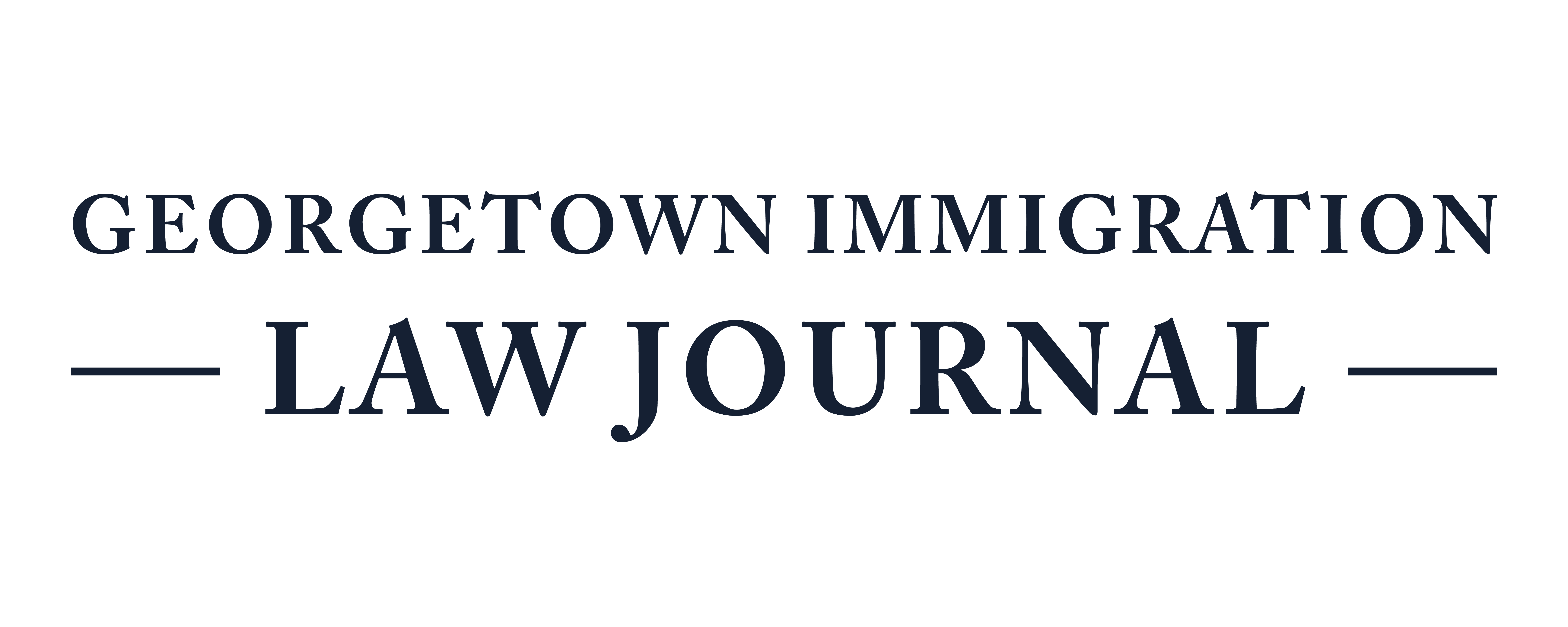Revitalizing and Reforming International Asylum Law: A Proposal to Add Gender to the Refugee Definition
On July 28, 1951, the U.N. Conference of Plenipotentiaries adopted the Convention Relating to the Status of Refugees, which set out international principles for the protection of refugees and provided a definition of refugee. The 1967 Optional Protocol Relating to the Status of Refugees broadened this definition, removing the geographic and temporal restrictions of the 1951 Convention. While purporting to be gender-neutral, the refugee definition excluded gender as a basis for asylum, which has posed a challenge for gender-based asylum seekers. While some steps have been taken to address this gap, such efforts have largely been insufficient. Countries have also taken steps on their own to protect refugees facing gender-based violence. For example, in Matter of Kasinga, the BIA recognized that women fleeing gender-based violence could be eligible for protection in the United States. However, without robust international protections for gender-based claims (that place such claims on the same level as the other enumerated grounds), such claims remain vulnerable, as demonstrated by the actions of the Trump administration. Moving forward, it is imperative to ensure that gender-based claims are firmly protected within a modern legal framework. I argue that the best way to do this is through a new convention protocol that adds gender to the refugee definition as the sixth protected ground.
Continue reading Revitalizing and Reforming International Asylum Law: A Proposal to Add Gender to the Refugee Definition
GT-GILJ220008 Subscribe to GILJ
